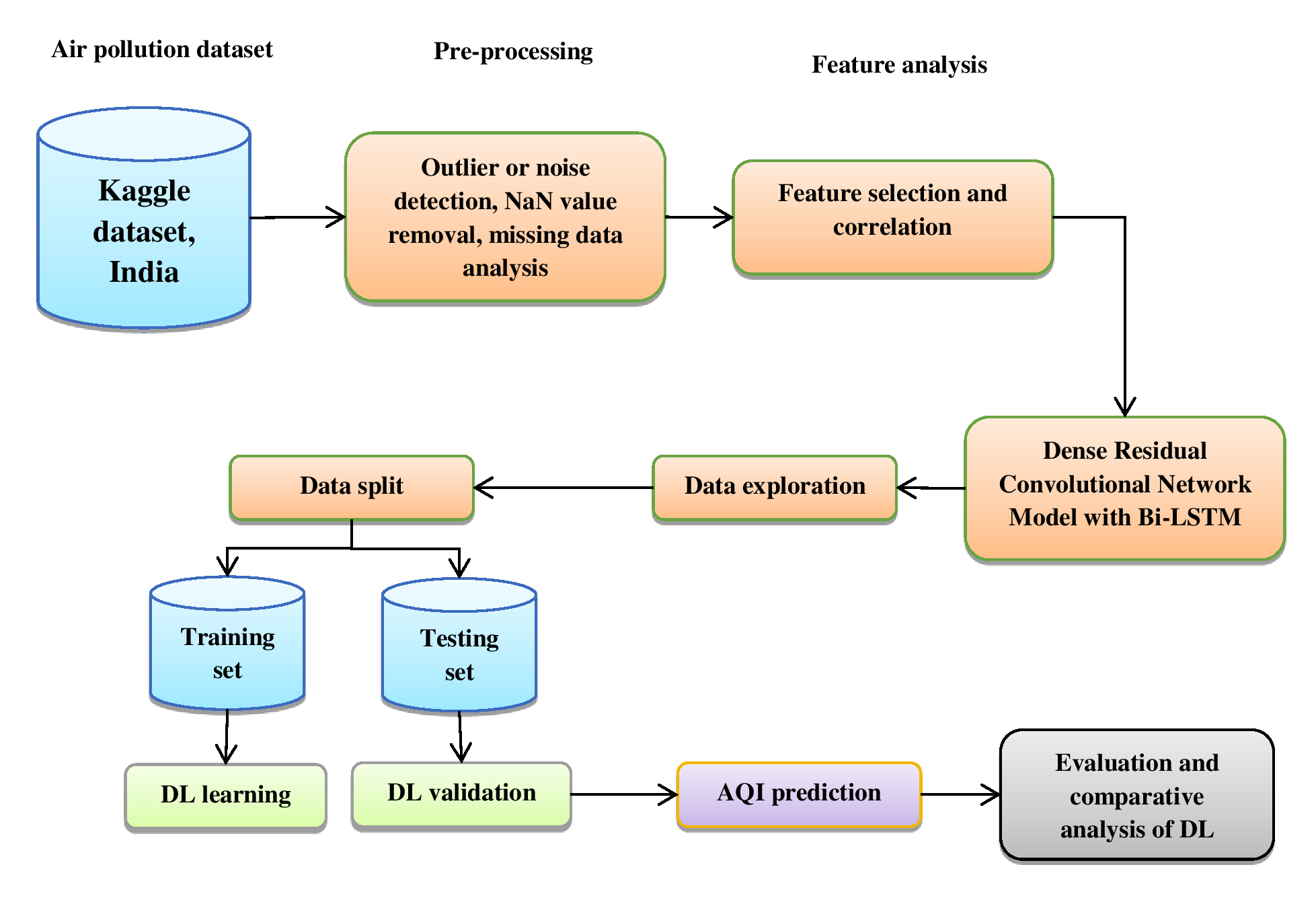IoT Based Air Pollution Monitoring System Arduino DIY Electronics Circuit Diagram Therefore, it is needed to design an AI based Air Pollution Monitoring System. Effects Of Air Pollution. On behalf of the World Health Organization (WHO) report, the presence of tiny particulates in outdoor air pollution is more dangerous than previously considered. According to the WHO, air pollution kills around 7 million people each year Event-Based Monitoring: AI-driven event-based monitoring systems continuously assess water quality parameters and trigger alerts in response to unexpected changes. These systems are particularly useful during pollution incidents. Case Studies. Real-world case studies highlight the practical applications of AI in water pollution monitoring: An Artificial Intelligence utilizes experimental or theoretical prediction analysis, expected atmosphere automatic checking systems have sky-scraping accurateness, so far huge data collection and

In order to track these many pollution sources and give susceptible populations early warnings, it is now essential to create AI-based monitoring and forecasting systems. More focused public health measures are now possible because of recent research showing how well machine learning algorithms anticipate pollution levels from a variety of An IoT-powered system for real-time air quality monitoring and analysis. This project integrates environmental sensors with a machine learning model to predict and assess air quality indices. Features include data visualization, predictive analytics, and automated alerts for actionable insights. Components of IoT-Based Air Pollution Monitoring System. An IoT-based air pollution monitoring system consists of various components that work together to collect, transmit, analyze, and visualize air quality data. These components play a crucial role in ensuring the effectiveness and efficiency of the monitoring system. Let's explore the key

Powered Pollution Monitoring: Detecting Air and Water Contaminants Circuit Diagram
Over the last few years, many researchers have proposed many solutions to forecast and control air pollution via IoT and AI techniques. In [], the author proposed an IoT-based air quality monitoring system for urban and industrial areas.The design includes CO and NO 2 gas sensors and a server for real-time incident management. The low-rate monitoring system uses wireless communication, which Traditional air quality monitoring systems, while effective, have limitations—often in terms of real-time data accuracy, coverage, and response time. But there's a new player in town: Artificial Intelligence (AI). AI is transforming air quality monitoring in ways that could not have been imagined just a decade ago.
